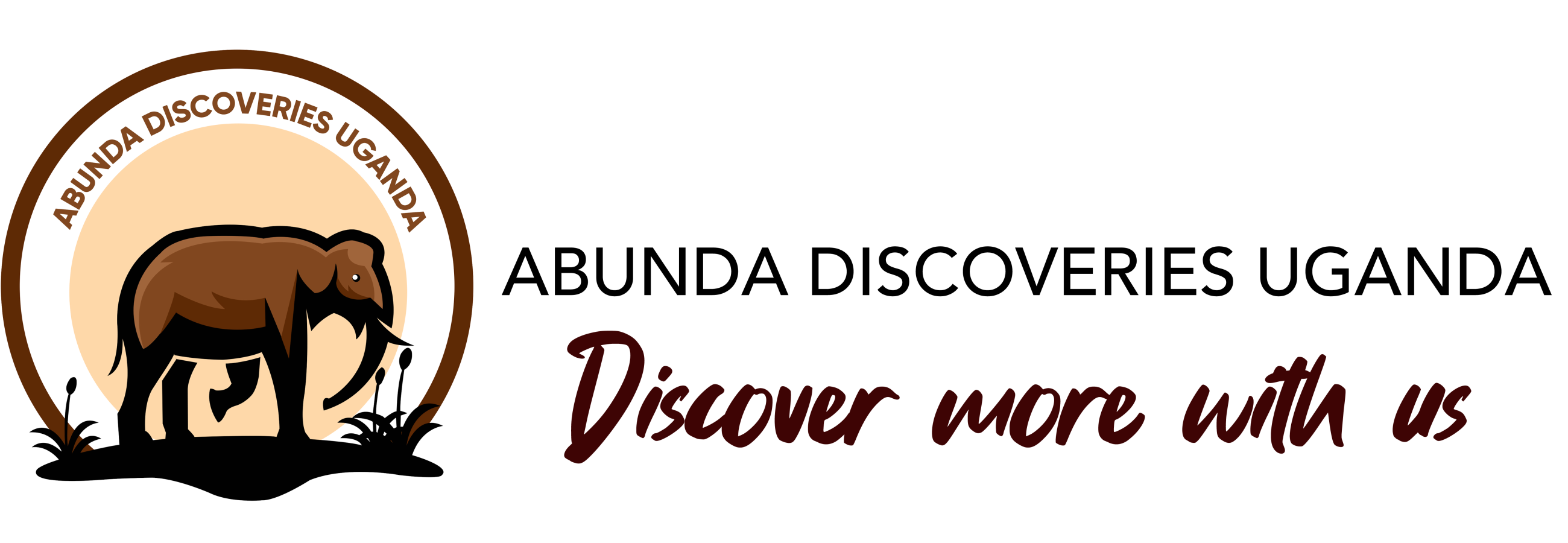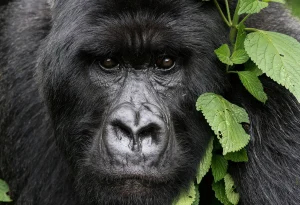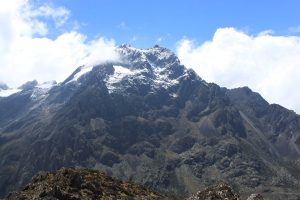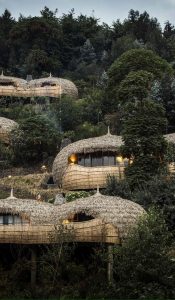Uganda, known as the “Pearl of Africa,” is an extraordinary destination that offers photographers a chance to capture its unparalleled biodiversity, scenic beauty, and vibrant cultural heritage. From mist-covered mountain ranges and vast savannahs to dense rainforests and bustling urban centers, Uganda is a photographic paradise for travelers seeking breathtaking imagery and immersive experiences. Photography Tours in Uganda
Whether you’re a seasoned professional or a passionate enthusiast, a photography tour in Uganda offers a once-in-a-lifetime opportunity to document rare wildlife, spectacular landscapes, and rich traditions.
What Makes Uganda a Premier Destination for Photography Tours?
Uganda’s geographic diversity sets it apart as a top destination for photography tours. In one trip, you can photograph the lush forests of Bwindi, the powerful waterfalls of Murchison, the savannahs of Queen Elizabeth, and the vibrant streets of Kampala. The country’s position along the equator also ensures year-round greenery, dramatic lighting conditions, and a wide array of flora and fauna.
Uganda is one of the few places in the world where you can photograph endangered mountain gorillas in their natural habitat. It’s also a birdwatcher’s haven, with over 1,000 species, and offers unique cultural experiences that make every frame a story worth telling.
When Is the Best Time to Embark on a Photography Tour in Uganda?
Timing your photography tour in Uganda is crucial for maximizing your opportunities and minimizing challenges.
Dry Seasons (December–February and June–August):
These are the most popular months for wildlife photography in Uganda. The weather is dry, trails are accessible, and animals are easier to spot around water sources. This period is especially ideal for gorilla trekking and savannah safaris.
Wet Seasons (March–May and September–November):
These months offer lush, green landscapes and dramatic cloudscapes, perfect for landscape and macro photography. However, the trails can be slippery and some roads might be more difficult to navigate.
Which National Parks in Uganda Offer the Best Wildlife Photography Opportunities?
Uganda is home to ten national parks, each offering its own unique photographic treasures.
Bwindi Impenetrable National Park
Famous for its mountain gorillas, Bwindi offers incredible opportunities for intimate, once-in-a-lifetime portraits of these majestic animals in their dense forest home. You’ll also find beautiful jungle textures, misty mornings, and vibrant birdlife.
Queen Elizabeth National Park
From open savannah to crater lakes, Queen Elizabeth National Park offers some of the most diverse landscapes for wildlife photography. You can capture lions climbing fig trees, massive herds of elephants, and dramatic sunsets over the Kazinga Channel.
Murchison Falls National Park
Photographers will be awestruck by the thunderous Murchison Falls, where the Nile River bursts through a narrow gorge. The park is also rich in wildlife including giraffes, hippos, buffaloes, and numerous bird species.
Kibale Forest National Park
Known as the primate capital of the world, Kibale is ideal for photographing chimpanzees in a lush forest environment. The park’s forest floor is perfect for capturing wide-angle shots filled with depth and texture.
What Are the Top Cultural Photography Experiences in Uganda?
Uganda’s rich and diverse cultures provide a wealth of subject matter for portrait, street, and documentary photography.
Kampala’s Markets and Streets
Kampala, Uganda’s capital city, is a vibrant hub of modern African life. Markets like Owino and Nakasero offer incredible opportunities for candid street shots, while landmarks such as the Gaddafi Mosque and Uganda Museum add architectural interest.
Traditional Communities
Cultural encounters in communities like the Batwa pygmies or the Karamojong warriors allow for authentic portraiture and lifestyle photography. These visits must be conducted respectfully and often require permission or guided tours.
Ceremonies and Festivals
Events like the Imbalu initiation ceremony among the Bagisu, or cultural dances in Buganda and Tooro Kingdoms, offer visually stunning photography moments.
What Equipment Should You Bring for a Photography Tour in Uganda?
Uganda’s varying conditions require a well-thought-out kit that can handle rain, dust, and low light.
Recommended Gear:
- Camera Body: DSLR or mirrorless with high ISO performance.
- Lenses:
- 100-400mm for wildlife
- 24-70mm for general use
- 16-35mm for landscapes and cityscapes
- Accessories:
- Lightweight tripod
- ND filters for waterfalls
- Rain cover for gear
- Extra memory cards and batteries
- Camera cleaning kit
How Do You Obtain Permits for Gorilla and Chimpanzee Photography in Uganda?
To photograph gorillas or chimpanzees, permits are mandatory and must be booked in advance through the Uganda Wildlife Authority or a licensed tour operator.
- Gorilla Permits: Cost $800 for foreign non-residents. Groups are limited to 8 people per day per gorilla family.
- Chimpanzee Permits: Generally cost between $150–200 and allow 1 hour with a habituated group.
What Are the Ethical Considerations for Photography in Uganda?
Ethical photography ensures a positive impact on both people and wildlife.
- Ask for Consent: Always request permission before taking someone’s photo, especially in rural or traditional settings.
- Wildlife Safety: Avoid flash photography near animals, keep your distance, and never bait or disturb animals.
- Respect Sacred Sites: Be especially mindful at cultural or memorial locations. Follow the guidance of local guides.
Which Tour Operators Offer the Best Photography Tours in Uganda?
Specialized photography tours provide expert guidance, exclusive access, and flexible schedules.
The company typically offers group or private tours ranging from 7 to 14 days, often covering multiple national parks and including photography coaching.
What Are the Best Bird Photography Locations in Uganda?
With over 1,000 species of birds, Uganda is a paradise for bird photographers.
- Mabamba Swamp: Best place to photograph the rare shoebill stork.
- Semuliki National Park: Features Central African species not found elsewhere in East Africa.
- Queen Elizabeth Park: Offers both savannah and wetland birds.
- Budongo Forest: Great for forest-dwelling species and chimpanzees.
How Should You Prepare for a Photography Tour in Uganda?
Travel Planning:
- Book permits 6–12 months in advance.
- Work with certified tour operators.
- Plan your itinerary to minimize travel fatigue.
Health and Safety:
- Required: Yellow fever vaccination.
- Recommended: Malaria prophylaxis, typhoid, hepatitis A/B.
- Carry a first-aid kit, hand sanitizer, and mosquito repellent.
Cultural Readiness:
- Learn basic greetings in Luganda or Swahili.
- Dress modestly in rural areas.
- Bring printed photos to give back to communities you photograph.
Why Should You Choose Uganda for Your Next Photography Adventure?
Uganda offers everything a photographer dreams of: rare wildlife, cultural depth, scenic diversity, and authentic experiences. It’s compact enough for efficient travel but vast in its visual offerings. Safety, hospitality, and conservation efforts make it a photographer’s haven.
Whether you’re chasing the gaze of a silverback gorilla, capturing the thunder of Murchison Falls, or documenting the rhythm of traditional dances, Uganda will enrich your portfolio and your soul.
Capture Uganda, Frame the Extraordinary
Photography tours in Uganda are about more than snapping pictures—they are about immersion, storytelling, and transformation. With the right planning, ethical practices, and an eye for detail, you can return not only with exceptional images but with a deeper understanding of this remarkable country.
So pack your gear, prepare your heart, and let Uganda speak to your lens. Your next masterpiece awaits with us at Abunda Discoveries Uganda where you Discover More with Us!




